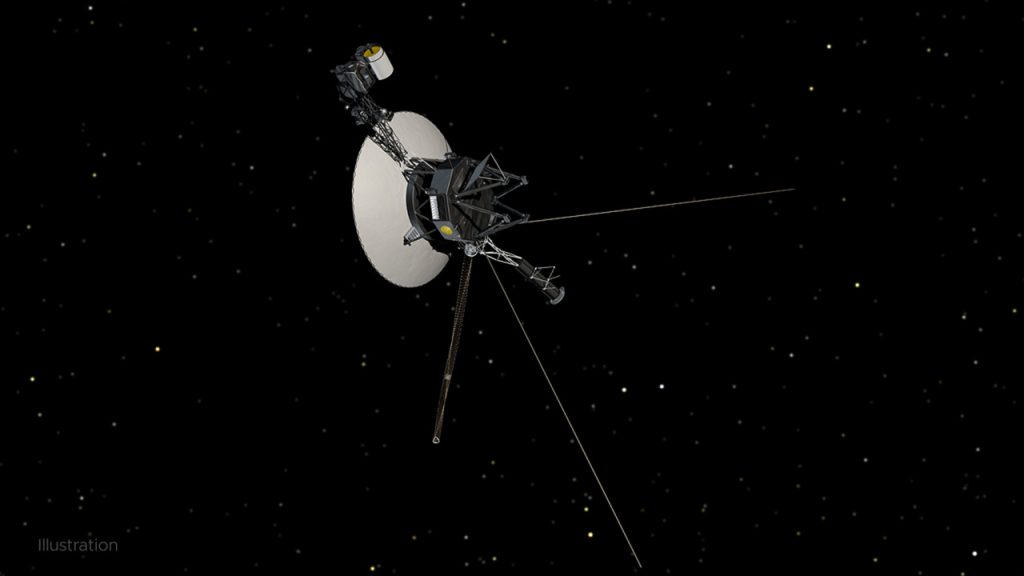NASA scientists are amazed at the behavior of Voyager 1. While it is operating normally, receiving and executing commands from Earth and collecting scientific data, something strange happens on board.
The problem lies in the readings from the Hinge and Position Control System (AACS), whose job is to keep the antenna pointed directly at the ground, allowing for the transmission of scientific data. There is every indication that the Voyager 1 telemetry data is incorrect. It’s either randomly generated or it doesn’t reflect any of the AACS states.
Currently, this has no effect on other systems on board, which would put the spacecraft in a safe mode in which only basic operations are performed. Voyager 1 signal has not weakenedWhich means the antenna is in the correct position. So where does the incorrect AACS data come from? There is no answer to this, and it is difficult to say when the problem will be resolved.
It is worth noting that the Voyager 1 probe is currently located approximately 23.3 billion km from Earth, and it takes light 20 hours and 33 minutes to travel this distance. This means that it takes two days to send the message and receive feedback from the probe. It’s a delay the mission support team is used to.
Susan Dodd, Voyager 1 and 2 project manager at NASA’s Jet Propulsion Laboratory in Southern California, said:
Such a mystery at this point in the Voyager mission is obvious. Both vehicles are approximately 45 years old, which is much more than the mission planners had planned. We are also in interstellar space – in an environment with high levels of radiation where no spacecraft has flown before. Therefore, the engineering team faces great challenges. However, I think if there is a way to solve this problem with AACS, our team will find it.
However, it is not certain that the source of this anomaly will be traced back. The maneuvering space is really small. You may have to improvise. However, this won’t be the first time – in 2017, Voyager 1’s main thrusters failed, so engineers switched to the auxiliary ones, which were originally used only during spacecraft flybys near the planets.
Opa Voyager It was launched in 1977 and has been in operation for much longer than originally planned. It is the only spacecraft that collects data in interstellar space. Each probe produces about 4 watts of less electricity per year, which limits its operational capabilities. Air traffic control engineers are shutting down “redundant” systems gradually, but all major tools are working fine. NASA’s goal is to preserve such objects until at least 2025.




More Stories
Nvidia GeForce RTX 4090: AIDA64 gets Ada spearhead support
Rogue Trader – Details about the first cRPG in the series – CD-Action
t3n – Digital Pioneers | digital business magazine